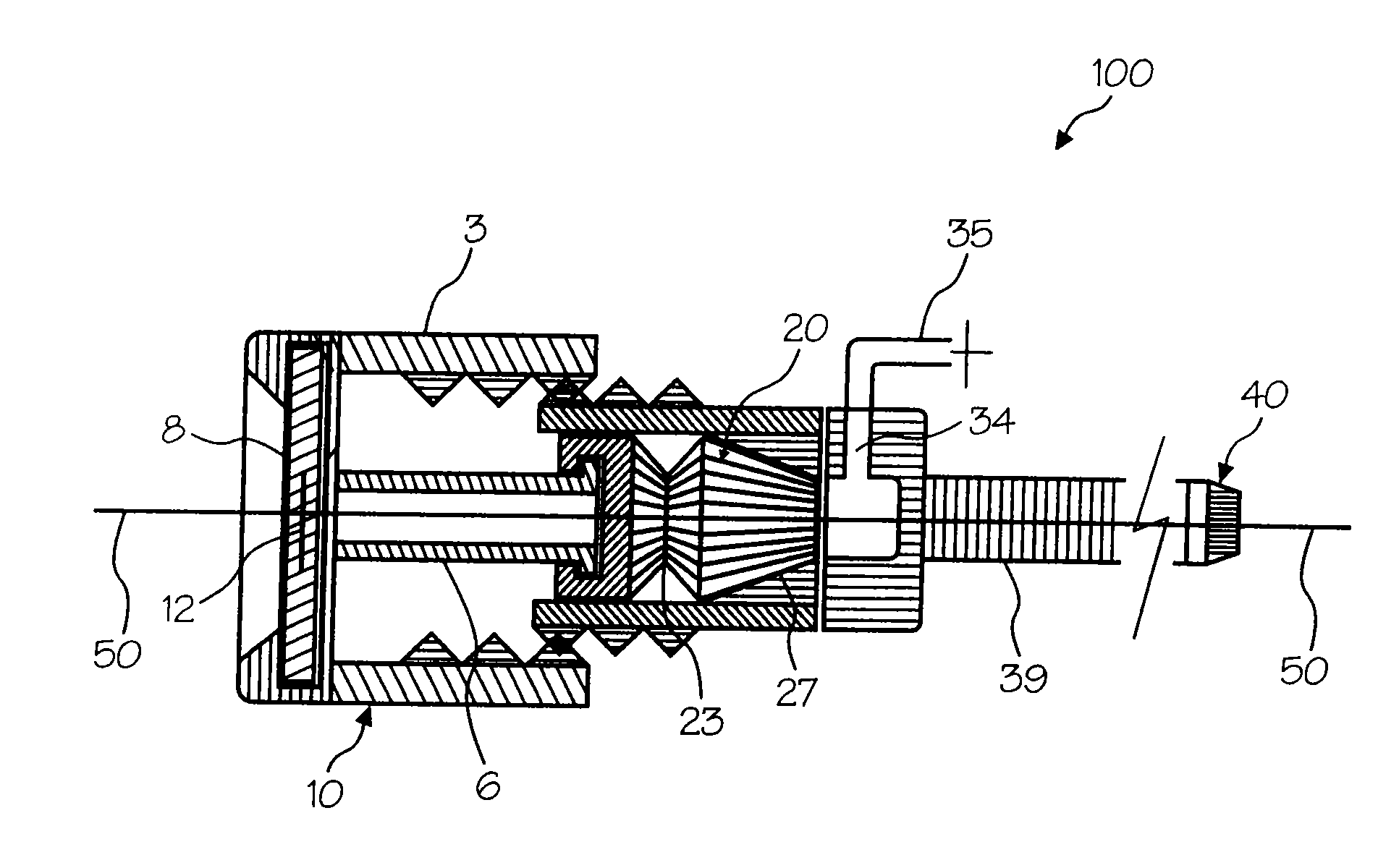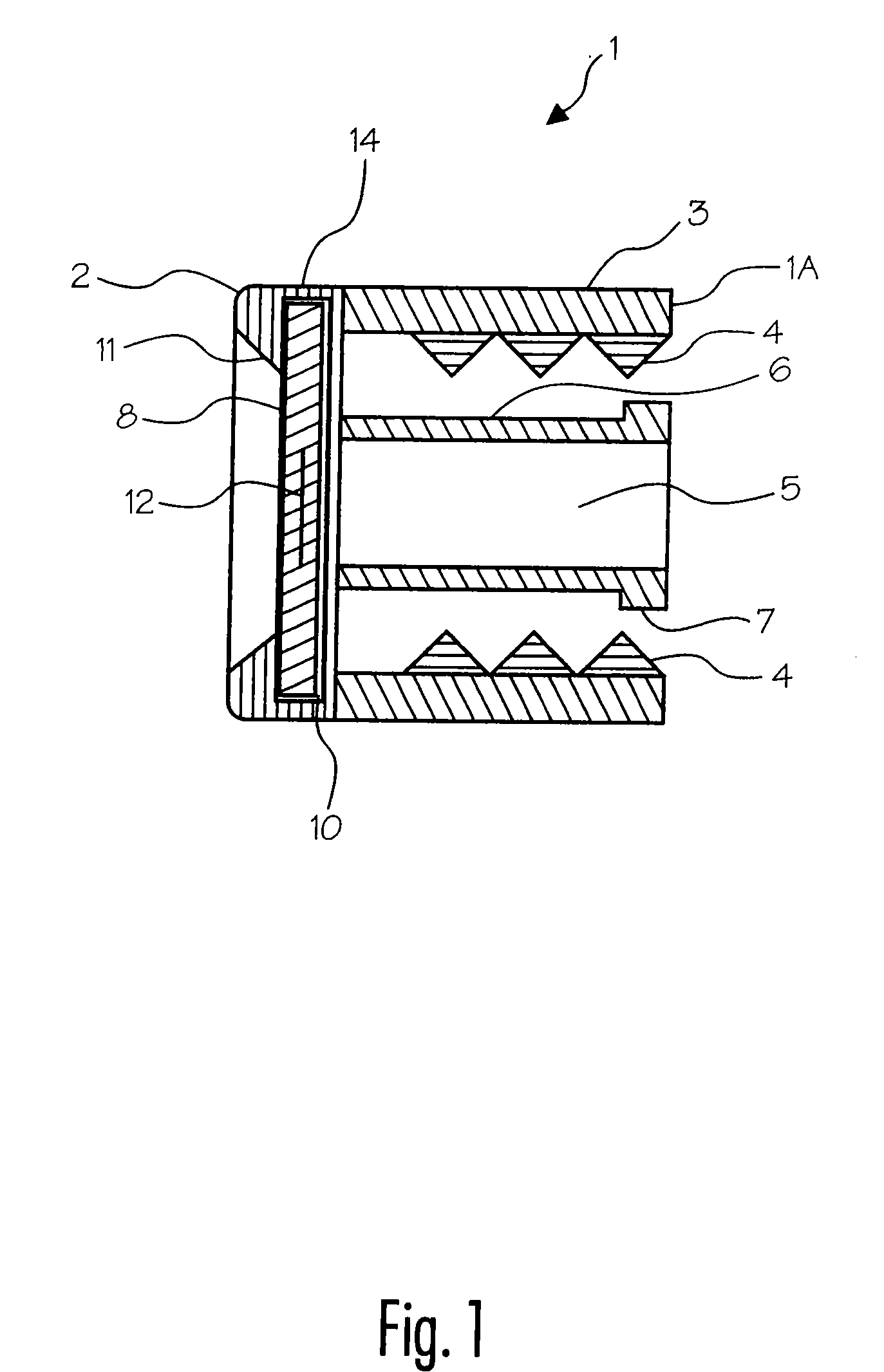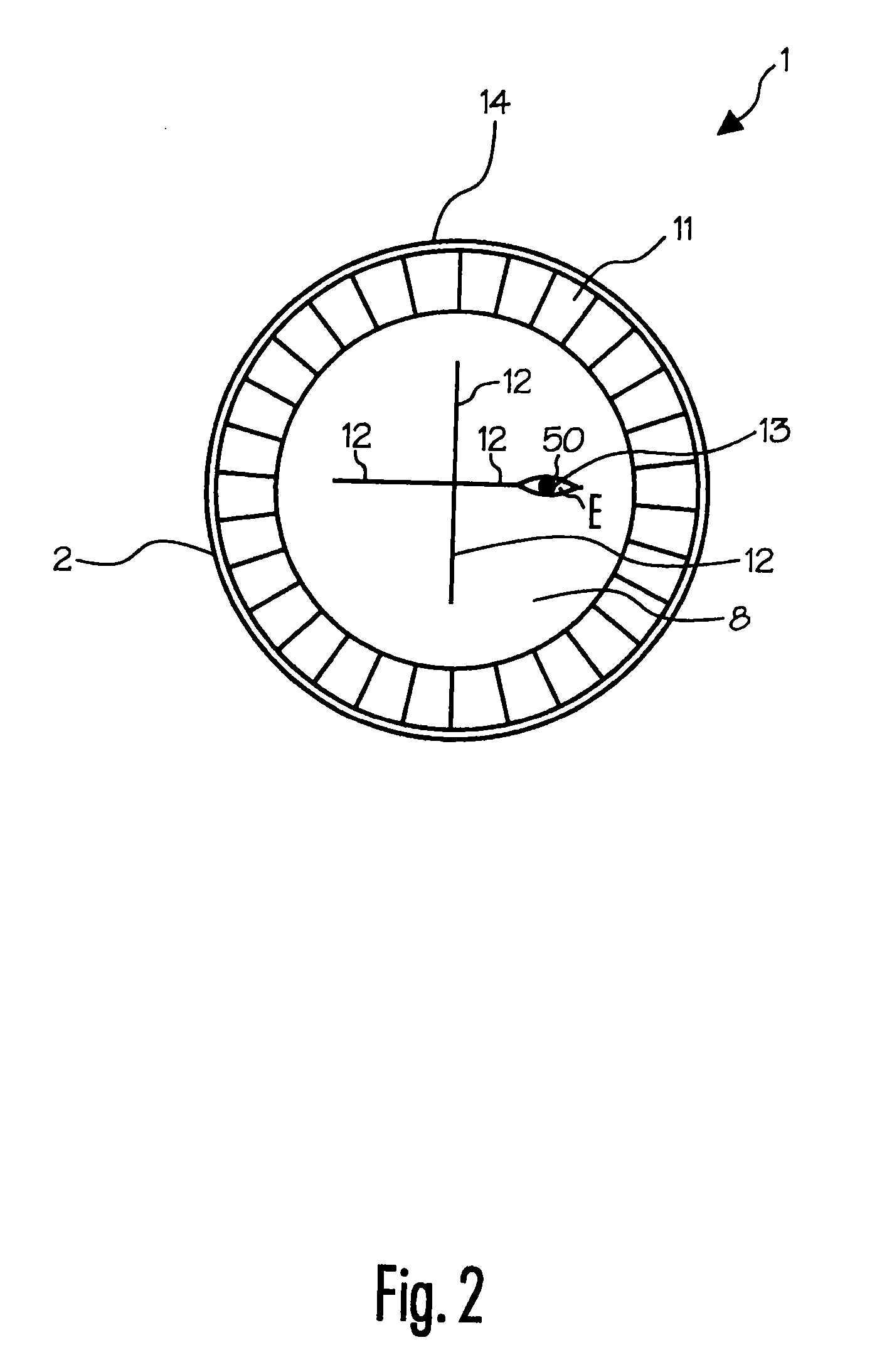Vascular sheath
a vascular sheath and vascular technology, applied in the field of vascular sheaths, can solve the problems of leaking large quantities of blood, affecting the safety of patients, so as to facilitate the introduction of large and small diameter secondary devices, and prevent significant blood loss
- Summary
- Abstract
- Description
- Claims
- Application Information
AI Technical Summary
Benefits of technology
Problems solved by technology
Method used
Image
Examples
Embodiment Construction
[0021] Reference will now be made in detail to the preferred exemplary embodiments of the invention, examples of which are illustrated in the accompanying drawings.
[0022] As used herein, “distal” refers to being more distant to the operator (usually a surgeon) and closer to the interior of the patient's blood vessel, wherein “proximal” means closer to the operator and further from the interior of the patient's blood vessel.
[0023]FIG. 1 is a cross-sectional, side view of a cap 1 showing a central post 6 and an enclosed thread 4 to threadibly engage a matching thread of body 30 of the vascular sheath 100 (see FIG. 6). The purpose of cap 1 is to seal sheath 100 and, in particular, to compress primary seal (or O-ring) 20, and any suitable structure may be used for this purpose. In this embodiment cap 1 is generally circular in shape.
[0024] Cap 20 is preferably comprised of injection molded plastic such as polyethylene, polypropylene or vinyl, but may be of any suitable material and m...
PUM
 Login to View More
Login to View More Abstract
Description
Claims
Application Information
 Login to View More
Login to View More - R&D
- Intellectual Property
- Life Sciences
- Materials
- Tech Scout
- Unparalleled Data Quality
- Higher Quality Content
- 60% Fewer Hallucinations
Browse by: Latest US Patents, China's latest patents, Technical Efficacy Thesaurus, Application Domain, Technology Topic, Popular Technical Reports.
© 2025 PatSnap. All rights reserved.Legal|Privacy policy|Modern Slavery Act Transparency Statement|Sitemap|About US| Contact US: help@patsnap.com



